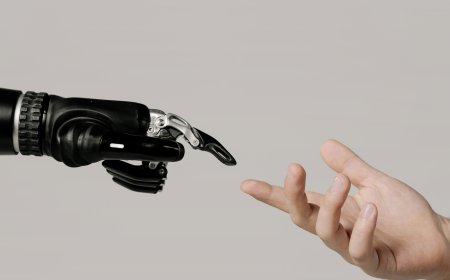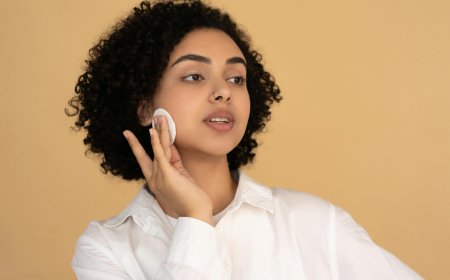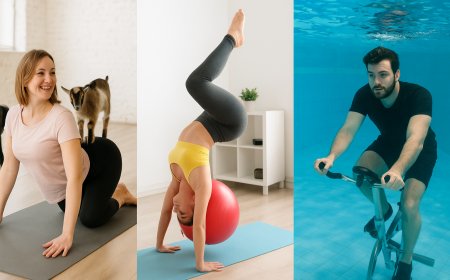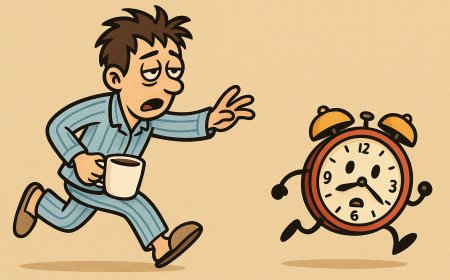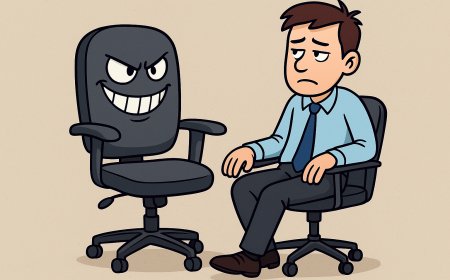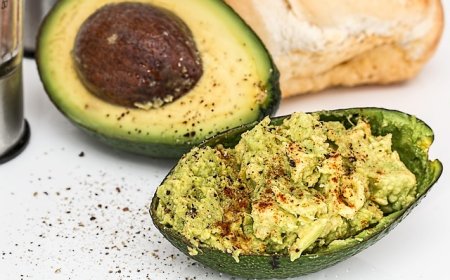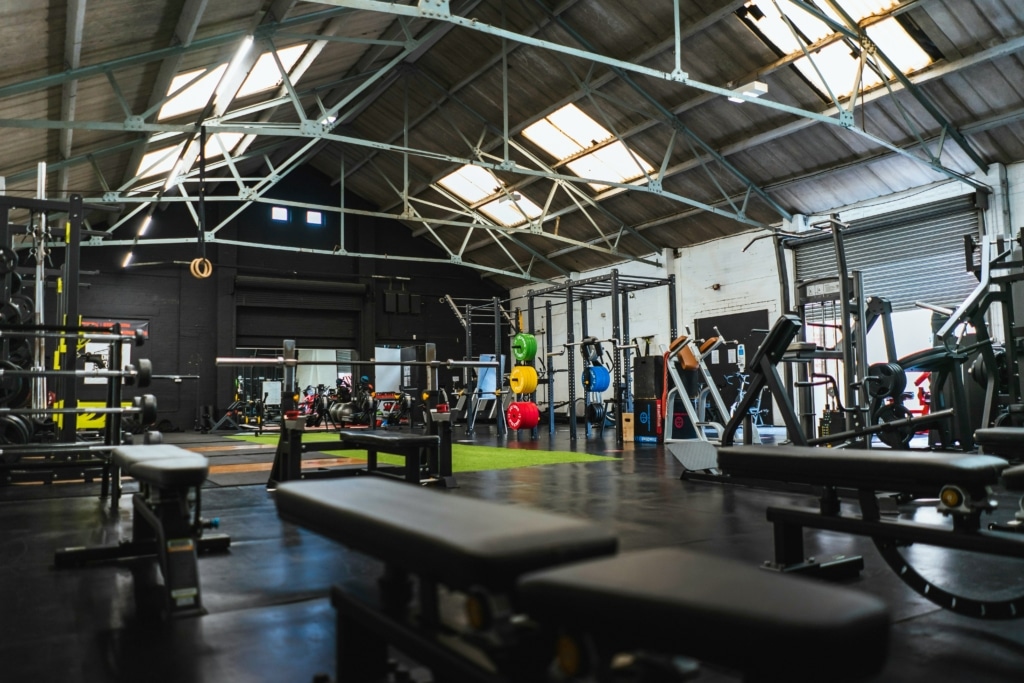Building a Self-Care Toolkit for Busy Women in 2025
In 2025, self-care isn’t a luxury—it’s survival. Learn how to build a practical, personalized self-care toolkit to support your mental, physical, and emotional health in the middle of a busy life.
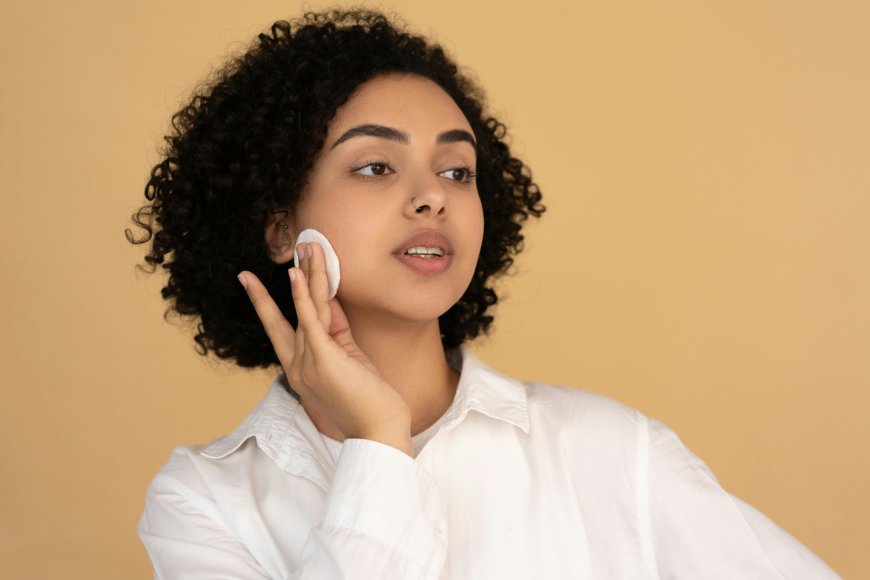
Women today are managing more than ever—careers, families, relationships, aging parents, health concerns, digital overload, and more. With so much on the plate, traditional “self-care” (bubble baths and spa days) isn't enough. What busy women truly need is a self-care toolkit—a flexible system of habits, tools, and mindsets that promote long-term well-being.
This post will guide you through creating a realistic, actionable self-care toolkit tailored to the challenges of 2025.
What is a Self-Care Toolkit?
A self-care toolkit is a personalized collection of practices, resources, and habits you can rely on when life gets hectic, stressful, or overwhelming. It's a mix of physical, emotional, mental, and even digital strategies.
Daily Micro-Rituals
-
Examples: Morning stretches, 3-minute breathwork, journaling one line a day
-
Why? These small acts anchor your day and reduce stress buildup.
-
Tool: Habit-tracking app or journal
Digital Boundaries
-
Examples: Screen time limits, social media breaks, notification management
-
Why? Digital overload drains focus and increases anxiety
-
Tool: Digital wellbeing apps like Freedom or Focus Mode
Nutrition Without Guilt
-
Examples: Simple meal prep, mindful eating, hydration reminders
-
Why? Busy women often skip meals or eat on the go—this impacts mood and energy
-
Tool: Healthy snack stash, hydration app, grocery list template
Connection Check-ins
-
Examples: Call a friend weekly, short walks with your partner, family time
-
Why? Relationships support emotional resilience
-
Tool: Shared calendar for connection time
Rest, Not Just Sleep
-
Examples: Power naps, digital detox Sundays, quiet time with tea
-
Why? Rest isn't just sleep—it's unplugging and resetting mentally
-
Tool: Eye mask, noise-canceling headphones, sleep tracker
Mental Reset Tools
-
Examples: Therapy, journaling, mindfulness apps, saying “no”
-
Why? Mental overload is real—create space to think and feel
-
Tool: Mindfulness apps (Calm, Headspace), journal prompts, therapist contact
Move Your Body, Your Way
-
Examples: 10-min home workouts, walking meetings, dance breaks
-
Why? Movement boosts energy and releases stress
-
Tool: YouTube workouts, fitness bands, walking shoes
Bonus Tip: Keep a "Self-Care SOS Kit"
Put together a small box or digital note with:
-
Favorite affirmations
-
Quick feel-good playlist
-
A go-to 10-min yoga/stretch video
-
Your therapist’s or coach's contact info
-
A list of things that always make you feel better
Conclusion:
In 2025, self-care must be intentional, realistic, and guilt-free. By building a personal self-care toolkit, you empower yourself to navigate stress, stay grounded, and feel well—without having to “escape” your life to recharge.
Remember: self-care doesn’t have to be perfect—it just needs to be yours.
What's Your Reaction?







